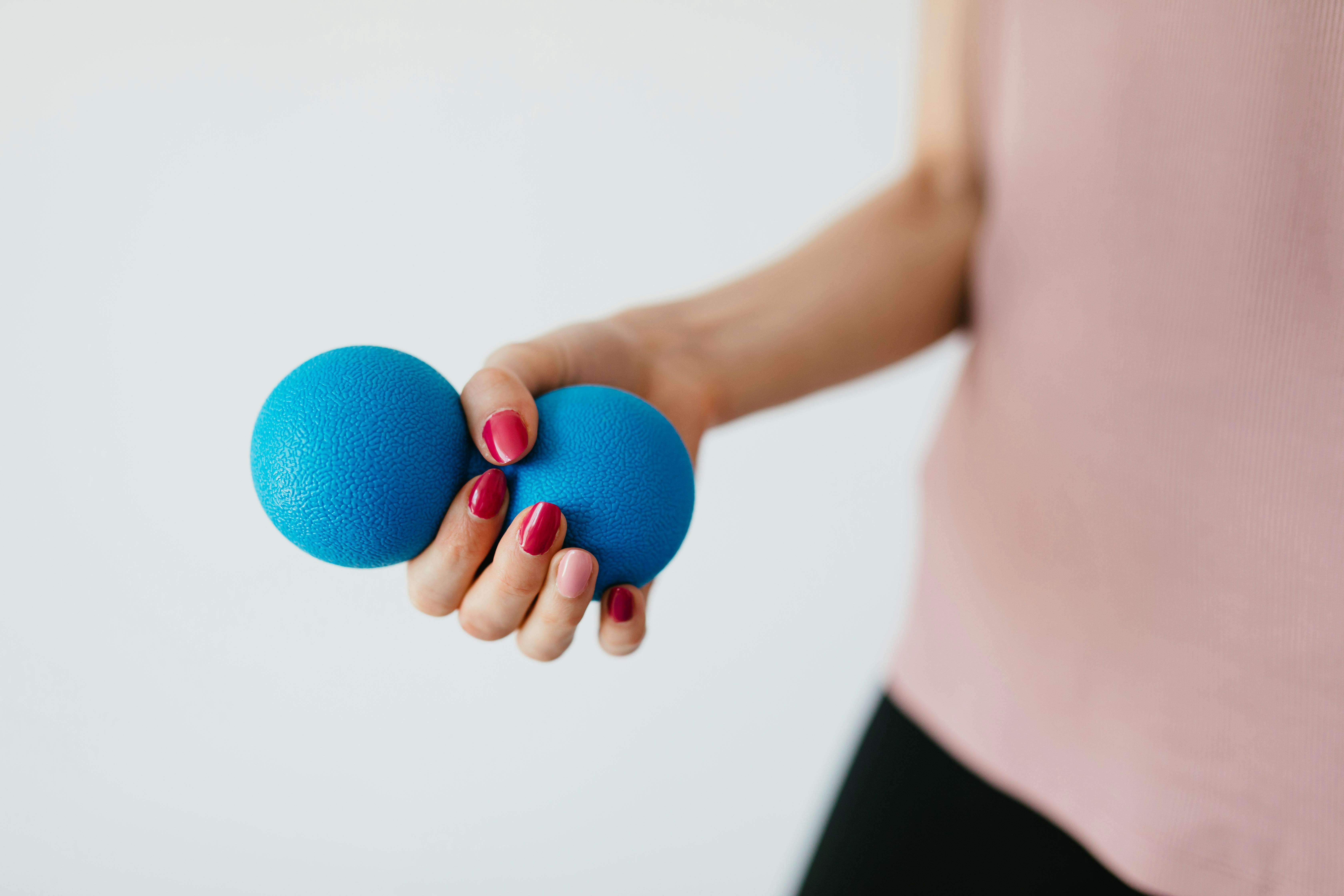To figure out how many calories you should have, first start with where you are. In other words, figure out how many calories it takes to maintain your current size, and then cut back from there. You can do this in many ways. Most people just pick an arbitrary number like 1,200 calories and that’s what they eat, but in almost all cases that’s not enough calories to ensure adequate nutrition, not to mention the deprivation that results.
While losing weight and to this day, I consume over 2000 calories a day on average and have maintained a good weight for my height for over 17 years. Remember, your body requires calories to sustain itself.
Calculation of basic calorie requirements based on activity level:
Sedentary: 13 X Weight = Average. calories/day
Sedentary is not doing any exercise
Moderately active: 16 X Weight = Average. calories/day
Moderately active is exercising about 3-4 times per week
Very Active: 19 X Weight = Average. calories/day
Very active is 5 to 7 sessions of strenuous exercise per week.
If you’re over 200 pounds now and would like to weigh closer to 150, here’s a calculation you could use to get you started: Assuming you’ll add enough exercise to reach Moderately Active, we’ll use 16 as our edit:
150 pounds X 16 calories per pound = 2,400 calories
Minus 500 (Using the common reduction of 500 calories per day) gives us a total of 1900 average calories per day
If you started to incorporate a plan that allowed for an average of 1900 calories per day, you would begin to lose weight. The mistake most people make is cutting calories too much, which ultimately sacrifices muscle and leaves you feeling deprived. In the long run, it’s much better to go slower, maintaining as much muscle as possible while burning calories through exercise. Also remember, even if you don’t eat as many calories on many days, you can still eat more on the weekends, for example, so you end up closer to your goal of 1900 average per day. Take the total calories for the week divided by seven.
Remember, this average number of calories gives you a lot of leeway throughout the week. You can have a few treats along with everyone else, or add more on the weekends. Instead of constantly saying, “I can’t, I’m on a diet,” you can now say, “Thank you, that looks delicious” and indulge a bit. It doesn’t screw up your diet plan because it has a large enough calorie allowance that if you’re more careful some days than others, you’ll work out the average number of calories you want. I tend to eat much fewer calories during the week than on the weekends and my totals usually average between 2,000 and 2,200 calories per day.
The 500 calorie reduction is a well-accepted amount. You can cut your calories further, but I wouldn’t recommend it. It’s not in anyone’s interest to try to lose weight faster, in fact, if you cut your calories too low, you’ll end up wasting muscle in the process, which is exactly what you don’t want to be doing. If you want faster results, it is better to add more activity, thus burning more calories at rest.
You may be thinking I’m crazy, recommending 1900 calories per day, but I can say for sure that if you eat very little (1000 – 1200 calories is very little, in my opinion), then you are setting yourself up for all of the following:
Deprivation. You will feel deprived, mentally and physically. 1000 calories is not enough for your basic metabolic needs, let alone fuel for your activity needs. Add more food! It only takes a little more than what you’re already taking, so for example, if you’re allowed 1/2 cup of vegetables, will a whole cup ruin all your progress? I doubt it. Eat a whole cup or eat two oranges. Fruits and vegetables are very low in calories but provide great nutrition.
Sure, some vegetables and fruits are high in sugar, but it’s natural sugar. I seriously doubt our planet produces killer foods – it’s more likely that the food industry that has processed those foods into nothing more than a dry powder, then added more sugars and chemicals to make it resemble the original product, is more harmful. than a simple apple or banana?
If you are diabetic or must control sugars, eat some protein along with higher glycemic index foods, such as an ounce of cheese with your apple. Notice I said an ounce of cheese, not a slab big enough to feed a small country.
metabolic slowdown Eating too few calories sets you up for a metabolic slowdown. Studies have shown time and time again that an overweight person can have a hard time losing weight, even if they eat very few calories, simply because their body’s metabolism is burning at a very slow rate. As you probably already know, exercise helps boost your metabolism, but so does eating. That’s why they say breakfast is so important, not just to fuel yourself, but because it turns on the metabolic furnace and continues to burn throughout the day. If you don’t eat anything until noon, you don’t light your oven to start burning until then either.
Has the ultra-low calorie approach worked for you so far? If not, why not try something more reasonable? Go along with a friend who doesn’t have a weight problem and you’ll see how they sometimes eat more, sometimes less, but on average they eat enough to fuel their body and maintain their weight.
Adding more food gives it additional visual appeal. If you spread 1,000 calories over the course of an entire day, you’ll see pretty meager servings on your plate every time you eat. I like to feel like I’m eating enough and I do this by completing my plate with more vegetables.
If I have a frozen entrée, for example, I make a cup or more of frozen vegetables to add to my plate. The extra veggies really fill me up, give me the satisfaction I need, and I often have a little more veggies to throw away. Is that wasting food? It is not smart. It’s much better mentally for me to have extra food to throw away than to be licking my plate because I’m still hungry. I’m also not likely to start craving something else to eat immediately after dinner if I’m satisfied with the amount I’ve eaten.
Make an effort to learn to like food just the way it is. Plain mixed greens with nothing on top are delicious. It took me a while to stop putting butter in them, and then even give up the Molly McButter (just chemicals and sodium). I eat them simple and yes they are great. Nature made our fruits and vegetables naturally sweet and all those “extras” we’re used to using like butter on vegetables or potatoes certainly make things taste delicious, but they also make us bigger than we need to be. Those “extra” calories add up.
Slowly make adjustments to what you eat or how much you eat
Stop adding sugar to your cold cereal. Read the label; all processed cereals contain a ridiculous amount of added sugar. There is no need to add more. My one exception is the brown sugar in the oatmeal. I don’t put sugar on my cereal anymore, but it took me a while to make the switch. Start by adding a little less, then the next week cut back a little more until you break the habit completely. Small changes make up for big results over time.
If you eat right and focus on increasing your activity, even a little, then you’ll continue to lose fat, build muscle, and get fitter, all while increasing your metabolism so you can eat more!



